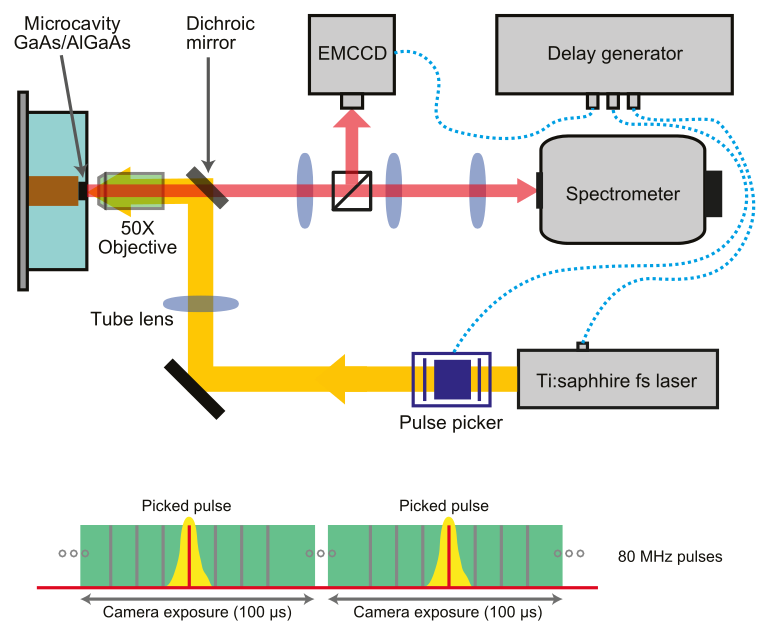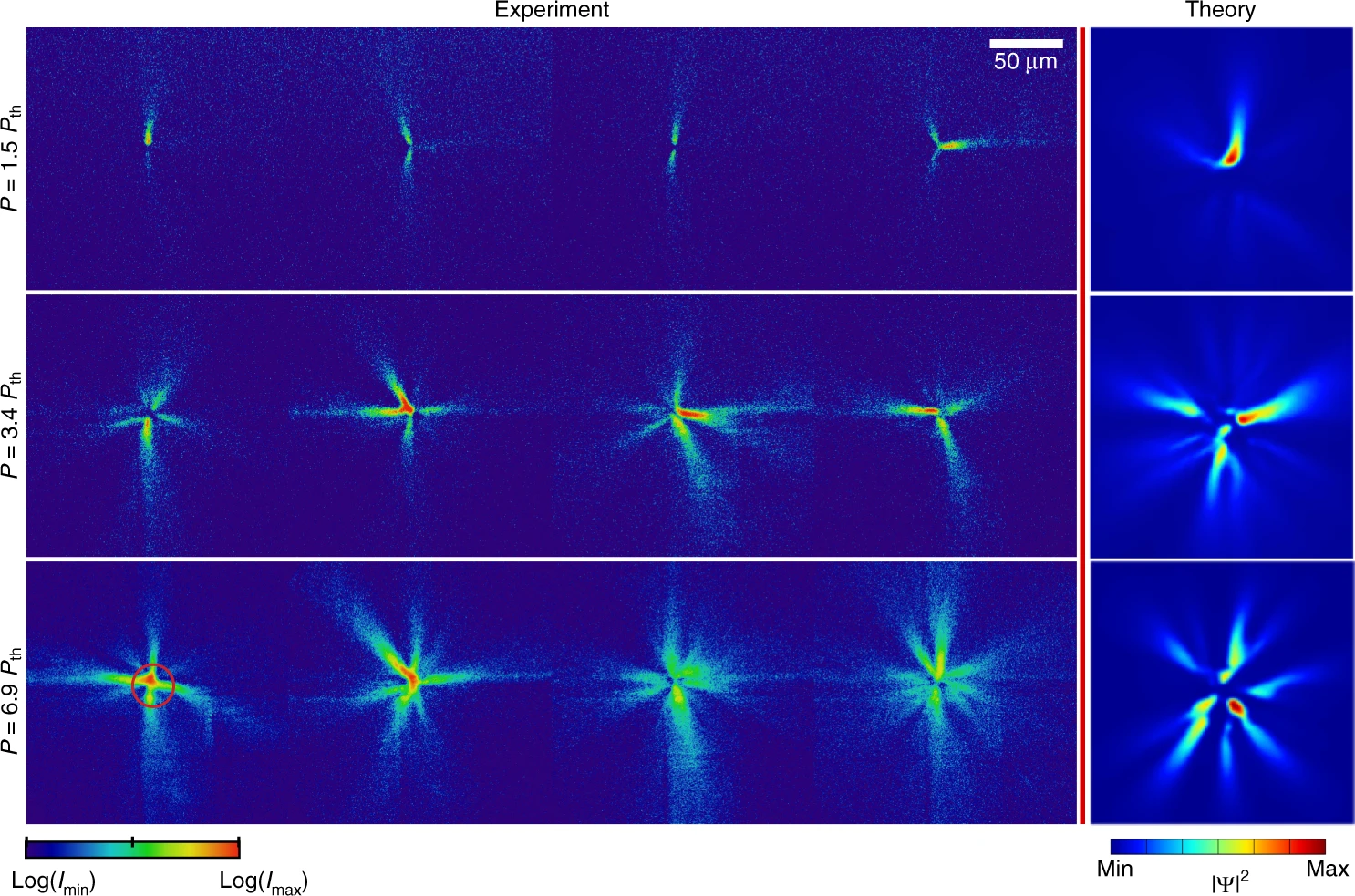Resources
 Part of the Oxford Instruments Group
Part of the Oxford Instruments Group
Expand
Collapse
 Part of the Oxford Instruments Group
Part of the Oxford Instruments Group
Dr Maciej Pieczarka is a postdoctoral fellow based in Assistant Professor Elena Ostrovskaya's group at the Nonlinear Physics Centre at the Australian National University. Dr Pieczarka’s and Dr Estrecho’s current research focus is on exciton-polariton physics. These can form a Bose-Einstein condensate within a semiconductor microstructure resembling a regular semiconductor laser - a VCSEL. The study is both fundamental, where one explores the physics of BECs and applied, where the BEC of exciton-polariton can be used as a dissipationless device, where the exciton-polaritons can propagate within the semiconductor without scattering (superfluid-like properties of exciton-polariton BEC).
Dr Pieczarka and Dr Estrecho recent work on exciton-polariton condensation was utilising the Andor EMCCD in form of iXon Ultra 888, which was used to detect:
The Ultra is well suited to this because of large flexibility of the camera, which can be used in the conventional amplification form, which is suitable for spectroscopy of low signals. On the other hand, ultrafast EM mode enables to record low signal from one realisation of the condensate created after a single ultrashort 160 fs laser pulse. The condensate emission pulse is about 500 ps-1 ns.

Figure 1: Experimental setup.
"The iXon Ultra 888 enables us to use the CCD detector both for quick inspection of the sample for adjustment of the experimental settings and for subsequent collection of the weak signal in the actual data recording. We are exploring the large dynamical range and the wide range of integration times (from tens of microseconds, to many seconds). We also are using the CCD in the EM mode when collecting a single-shot realisation of the exciton-polariton condensate without multiplication the signal in one realisation is not enough to detect (rest of the experiments is done over 106 realisations integration)." - Dr Maciej Pieczarka and Dr Eliezer Estrecho, Nonlinear Physics Centre, Australian National University

Figure 2: Sample single-shot images of polariton condensation (left to right) with increasing pump power (top to bottom) showing filamentation and large shot-to-shot fluctuations. These features are washed out when averaged over millions of realisations in typical experiments. Figure from Estrecho et al, Nature Communications 9, 2944 (2018).
Find out more about the exciting research at the Polariton BEC Research Group, which is realised within the ARC Centre of Excellence for Future Low-Energy Electronics Technology.
Date: October 2019
Author: Dr Maciej Pieczarka & Dr Eliezer Estrecho
Category: Case Study
